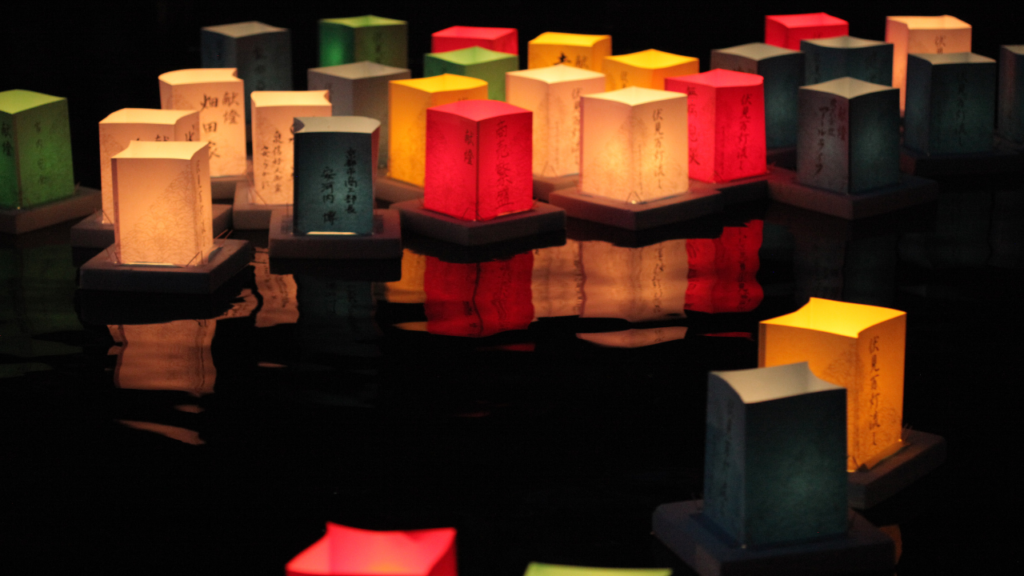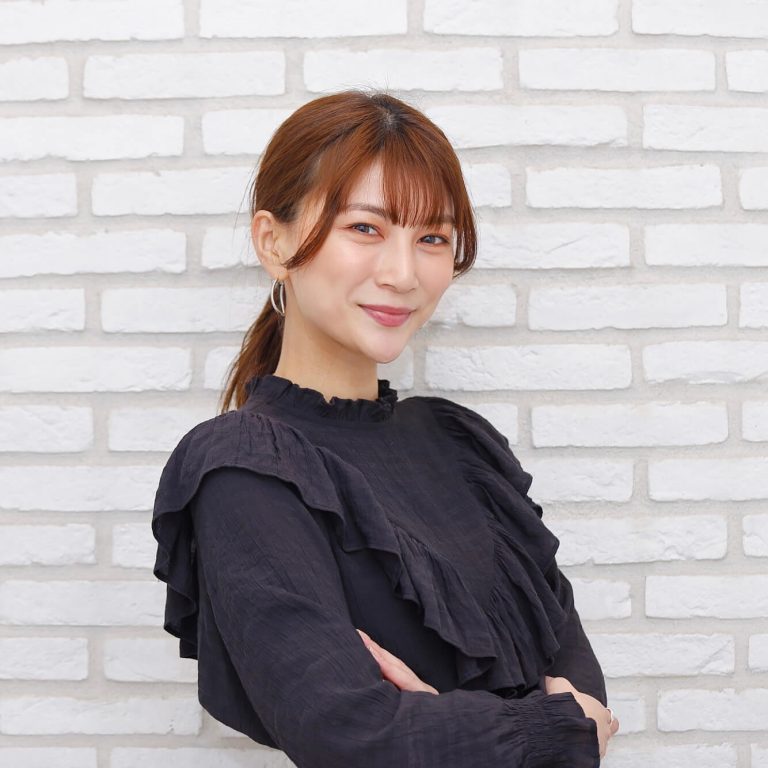When we talk about psychology, especially in the context of understanding human behavior and thought processes, Carl Jung, the father of Analytical Psychology, is a central figure. His theories, such as the collective unconscious and archetypes, offer valuable insights into the symbolic patterns that emerge across different cultures. Jung believed that these archetypes, universal symbols and motifs, stem from common human experiences and shape the stories and myths found in every society.
Jung’s ideas not only help us explore the deeper layers of human consciousness but also provide a unique perspective for understanding cultural narratives. In UX design, recognizing these cultural stories can be just as important as analyzing user behavior, as they reveal the underlying values that influence user expectations and preferences.
In this article, we will briefly touch on key aspects of Japanese mythology, offering a glimpse into how it reflects the broader cultural values of Japan.
Shared Archetypes Across Cultures
Japanese mythology is rich in tales of gods, creation, and natural phenomena, deeply intertwined with the culture’s spiritual beliefs. At the center of these myths are deities like Amaterasu, the sun goddess, Susanoo, the storm god, and Izanagi and Izanami, the divine couple who created the islands of Japan. These figures and their stories have profoundly influenced Japanese culture, religious practices, and social values.
Jung’s concept of archetypes suggests that certain figures and symbols recur across different cultures because they represent universal human experiences. When we look at Japanese mythology alongside other cultural myths, fascinating similarities emerge.
Amaterasu, the sun goddess in Japanese mythology, can be compared to solar deities such as Ra in Egyptian mythology or Apollo in Greek myths. These sun gods and goddesses represent life, energy, and order, embodying humanity’s reliance on the sun for sustenance and balance. This shared reverence for the sun across different cultures reflects Jung’s idea of the collective unconscious, suggesting that similar symbols emerge in response to common human needs and experiences.
Similarly, Susanoo, the unruly storm god known for his chaotic and rebellious nature, shares characteristics with trickster figures like Hermes from Greek mythology or Loki from Norse mythology. These figures embody the trickster archetype, challenging authority and disrupting order, often with unpredictable outcomes.
*While these archetypes recur across multiple cultures, it is important to consider that the similarities might not solely stem from Jung’s theory of the collective unconscious.
Unique Aspects of Japanese Mythology
Despite these universal themes, Japanese mythology has unique qualities that distinguish it from other traditions. A key feature is the deep connection between Japanese myths and nature. In Shinto belief, the world is inhabited by kami, spirits that dwell in mountains, rivers, trees, and other natural elements. This connection is reflected in the concept of Yaoyorozu no Kami, the belief in “eight million gods”, which emphasizes that divinity can be found in all aspects of life, from the grandest mountains to the smallest streams. This profound spiritual relationship with nature is central to Japan’s Shinto roots.
Another aspect that sets Japanese mythology apart is its emphasis on social harmony and familial relationships. The story of Izanagi and Izanami, for example, not only explains the creation of the Japanese archipelago but also highlights the importance of family ties and social order, reflecting Japan’s collectivist culture. Maintaining harmony within the family and society at large is a recurring theme in Japanese myths and is closely tied to the values of unity and cooperation.
The Relevance of Myth in Modern Japan
Even in contemporary Japan, these ancient myths continue to shape everyday life. Shinto rituals, festivals, and ceremonies are deeply rooted in mythological stories, connecting modern-day practices with the ancient past. Celebrations like Shogatsu (New Year’s), Obon (festival of the dead), and Shichi-Go-San (a celebration for children aged 3, 5, and 7) involve honoring ancestors and kami, preserving a direct link between Japan’s mythological heritage and its present-day spiritual practices.

These myths also influence the cultural values that continue to define Japan today. The reverence for harmony, nature, and social order, themes central to many Japanese myths, still resonates in modern Japan. While myths may not be as overt in daily life as they once were, their influence is embedded in the collective mindset and the way people view their relationship with the world around them.
Conclusion: Understanding Cultural Context in UX Design
Japanese culture, with its deep-rooted traditions and complex history, cannot be fully understood through mythology alone. However, by examining Japanese mythology, we can see both the universal elements that connect these myths to a broader human experience and the unique qualities that reflect Japan’s distinct cultural and historical context. These stories offer more than just entertainment or spiritual guidance, they provide a window into the collective mindset that has shaped Japan over centuries.
At Uism, we recognize the importance of understanding cultural narratives in shaping effective user experiences. By integrating deep cultural insights into our UX research and design processes, we help our clients create products that resonate on a profound level with their target audiences. If you’re interested in exploring how we can support your product’s success in the Japanese market, please don’t hesitate to contact us.


